Puli
The Puli is famous worldwide for its distinctive, dreadlock-like coat. Their coat is by no means just a cosmetic characteristic. These dogs are popular Hungarian sheepdogs and had many encounters with sheep's natural predators like wolves. Their coat was their first line of protection. It is so thick that a wolf could not bite through it and the wolf’s teeth couldn’t pierce the dog’s skin.
The Puli has great herding skills and likes to be in the center of attention. They are alert, lively, and energetic so they will have no problems in an active family that has many activities. Their strong herding ability remains intact even to this day so it is not uncommon for these dogs to try and protect and herd children or other small animals in their family.
They can have a strong personality and might try to boss you around. They can try and move children from one part of the room to the other or tell you where you are allowed to sit or when to go to bed so it is important to let your Puli puppy know that you are the alpha from the beginning.
Sheepdogs are known for their high levels of energy and their great working characters so it would be smart to start training them as soon as they arrive at your home. They usually adore their human family but are not completely trustworthy around strangers.
They can have a puppy-like character well into their old age and need extra time to fully mature. And like every child, they like to have a lot of toys.

Height:
15-18 in (38-46 cm)

Weight:
25-35 lb (11-16 kg)

Origin:
Hungary

Life Expectancy:
10-15 years
Dog Breed Characteristics
Coat
Puli is a nonshedding dog breed. Their coat comes in black, white, and gray. These dogs can be kept corded, brushed, or clipped. Caring for a Puli coat is not an easy job to do, and because of that, many Puli owners choose to let professionals do the job.
The rest is basic care; trim their nails when needed (if they don't wear them down naturally), brush their teeth weekly to prevent tartar buildup and bacteria development. Regularly check their ears for any sign of redness or a bad odor that can indicate an infection.
You can wipe their ears with a cotton ball dipped into an ear cleaner. The key for your dog to get used to all things mentioned above is to start early with them. Make a positive experience for the dog, full of praises and rewards, and you can be sure that your dog will enjoy all these things when they grow up.
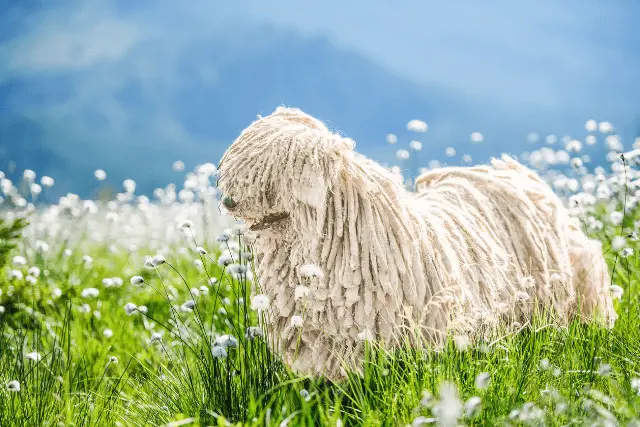
Exercise
Puli are active and require a lot of daily activities to be happy and healthy. With these dogs, you can take long walks, throw them a ball, or simply play various games inside. If their physical needs are met, you will have the most lovable and calm dog at home, and you don’t have to worry that your dog will misbehave.
Socialization
Like any other dog breed, the Puli should start the socialization process as soon as possible. Dogs that are not well socialized are prone to behavioral problems and might react badly to situations they are not familiar with.
There are many ways you can socialize your Puli, and the most important thing to do is to get your dog familiar with the different situations they can find themselves in. Take your dog to dog parks where they can meet other dogs and people.
They can learn to react accordingly and understand that they don’t need to be scared of strangers and other dogs. I
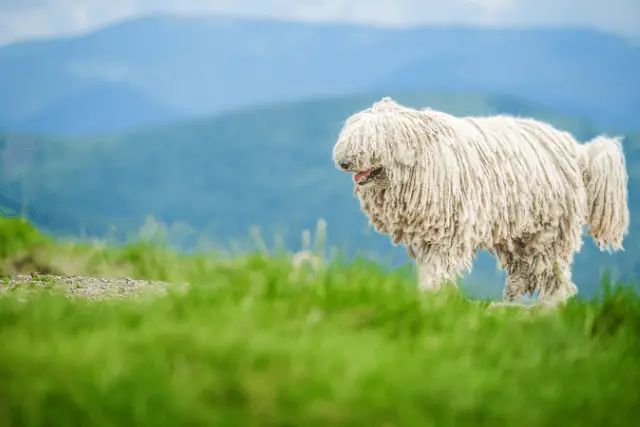
Puli and kids
Pulis are excellent family dogs that will get along with every family member, including children. Take note that kids need to be taught how to properly play and interact with a dog so Puli can enjoy their company. If they are raised together from an early age they will be playing parting, and they will enjoy spending time together.
Puli and other animals
These dogs can get along well with other dogs and can enjoy their company.
However, every dog, no matter what breed they are, should be socialized and properly introduced to other pets. Take your time and even if your dog doesn’t react well on your first try doesn’t mean they won’t get along. Some dogs require time, but Puli is generally very affectionate and gentle towards other pets, especially if they were raised together.
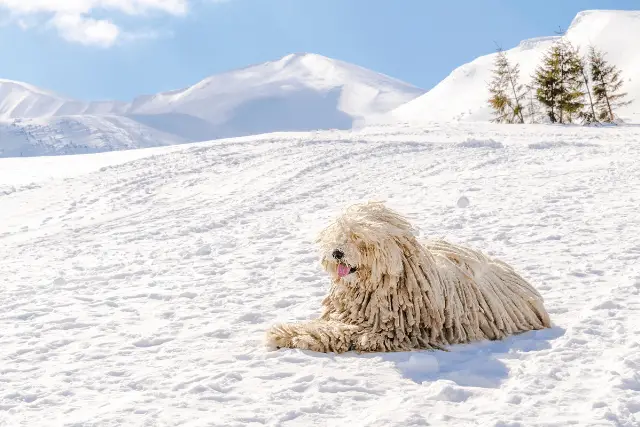
Health problems
Like any other dog breed, the Puli can potentially develop health problems. If you are buying a dog, make sure the breeder can provide you with the necessary health tests and guarantees. Always ask to see the results of tests from the puppy’s parents. The health problems these dogs are associated with are:
- Hip dysplasia - Genetic problem affecting hips resulting from an improperly formed hip joint.
- Cataracts - Cloudy spots on the lens of the eye
- Progressive Retinal Atrophy - Group of diseases that affect the retina and cause it to deteriorate over time.
The Puli is generally considered a very healthy breed that can live 10-15 years.
Puli breeders
If you are interested in getting one of these unique dogs, make sure to find a registered and reputable Puli breeder. Reputable breeders take care of all aspects of their dogs - from their looks to their character and mental stability. A good breeder will gladly answer all your questions about these dogs and can certainly recommend if this breed is a good fit for you.
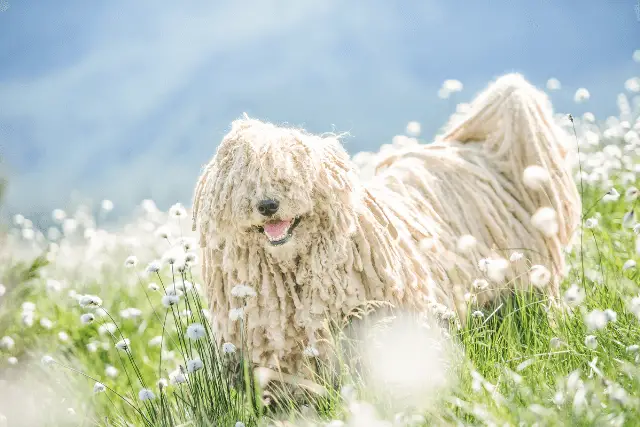
When you bring your new puppy home, start with the training and socialization immediately. By doing so, you will end up with a well-behaved dog whom you can trust. Provide him with enough daily exercise for him to be happy. With this dog, you must be firm, and you must be an alpha for him to listen to you.
If you devote your time and energy to this dog, you can be sure that you will end up with a companion for life.
World Dog Finder team

Updated at31.08.2023.
Breed History
Puli dogs were originally used for herding flocks of sheep in Hungary. Their coat served as protection from harsh withers in their native land. Until this day, these dogs still have herding instincts and will try to herd anything – dogs, other animals, and even kids.
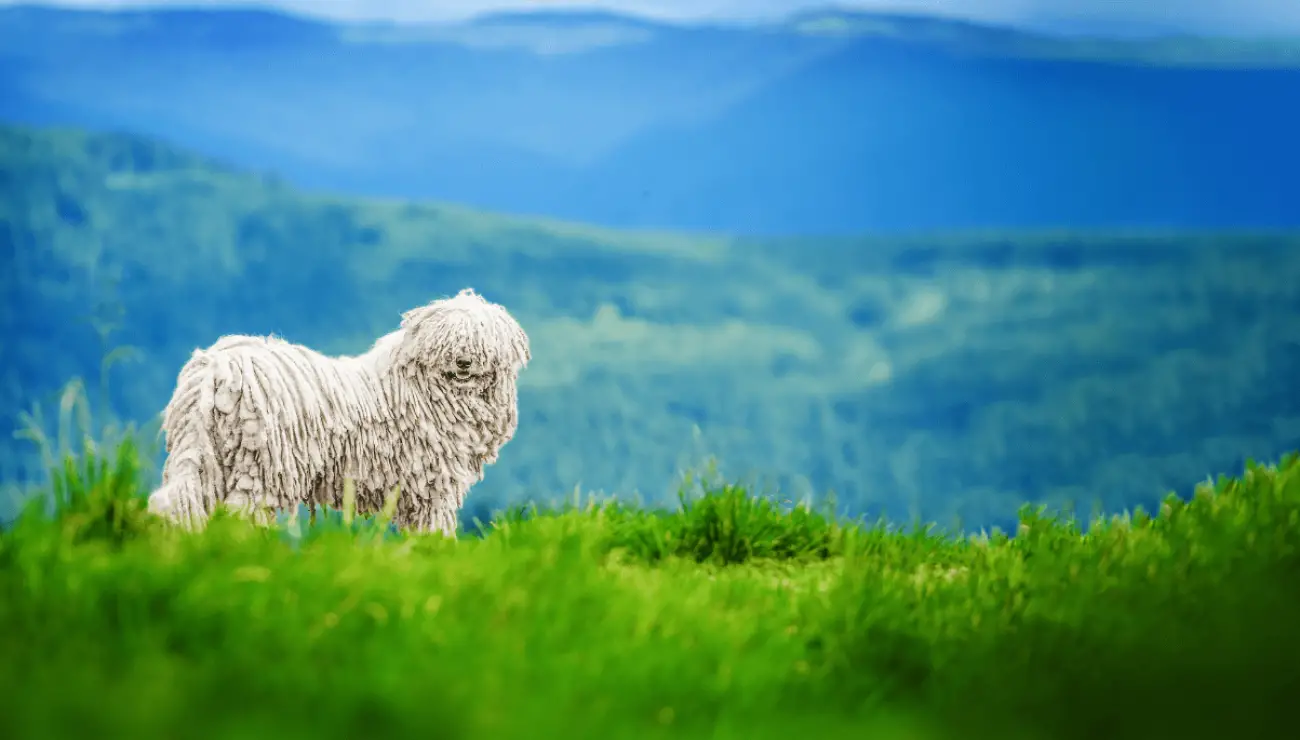
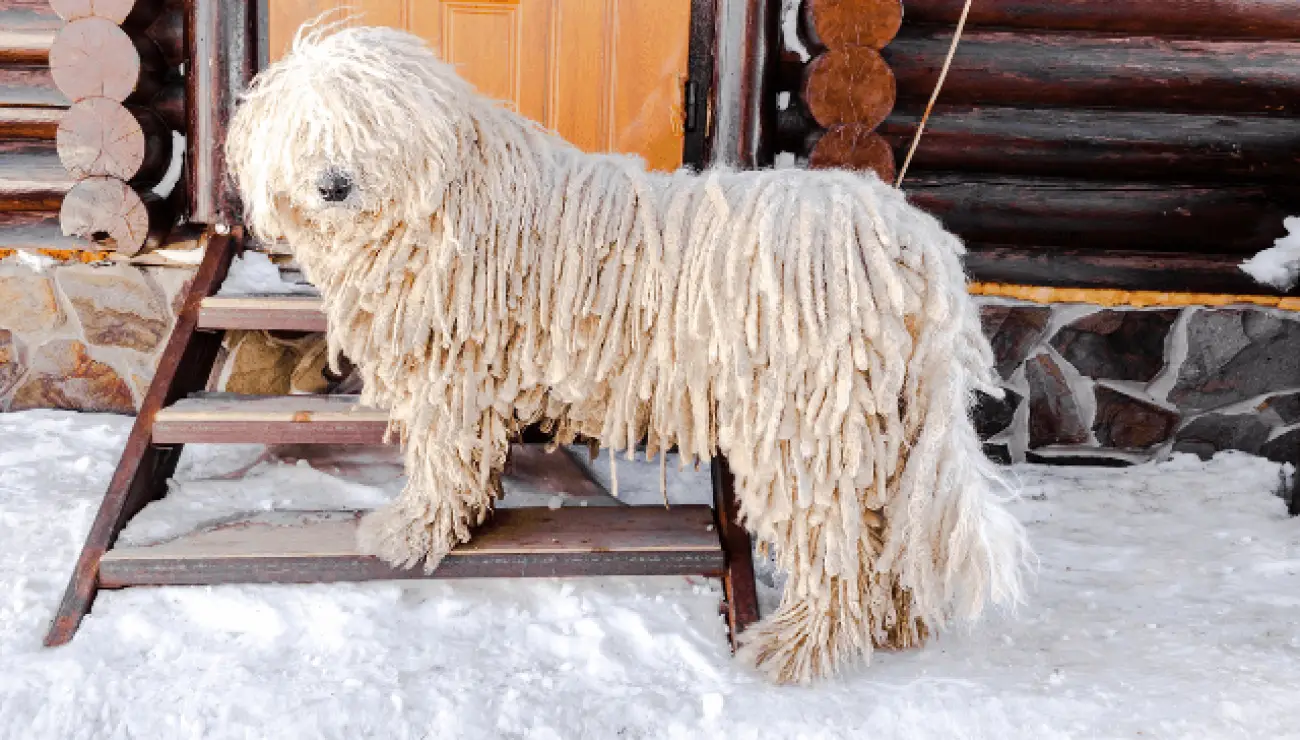
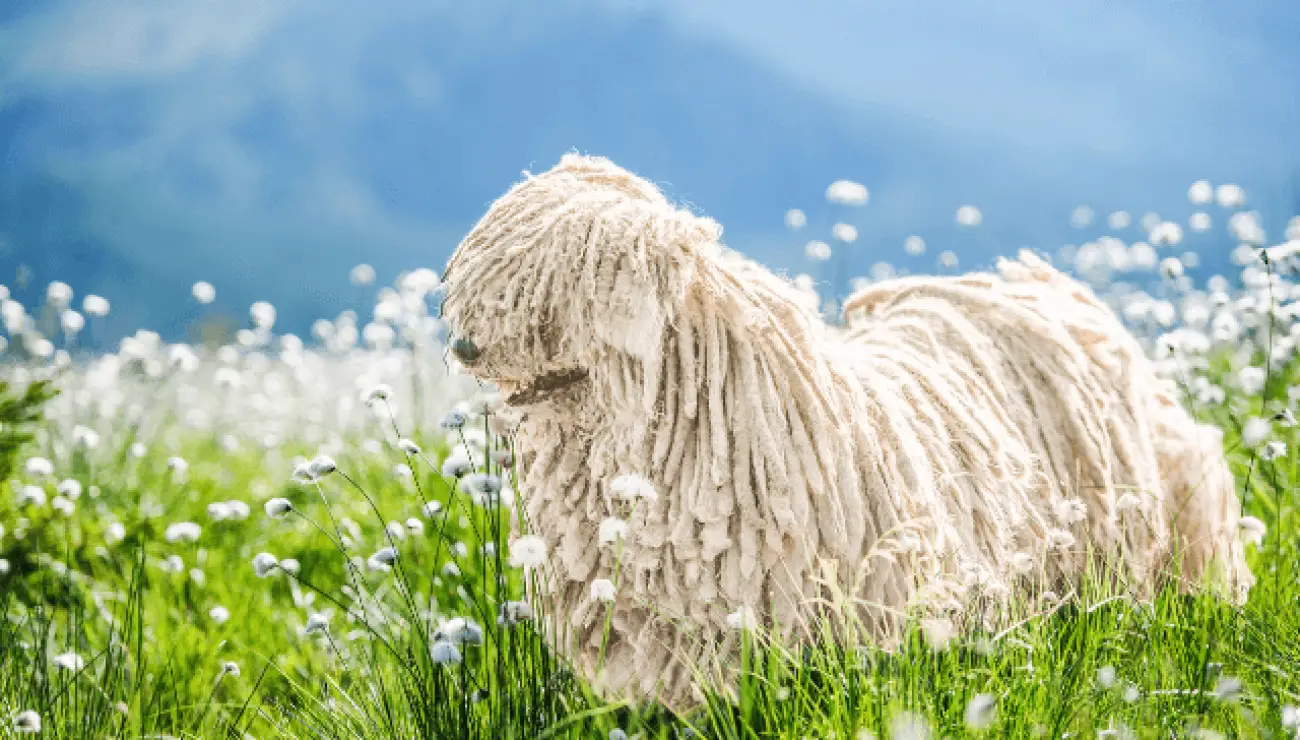
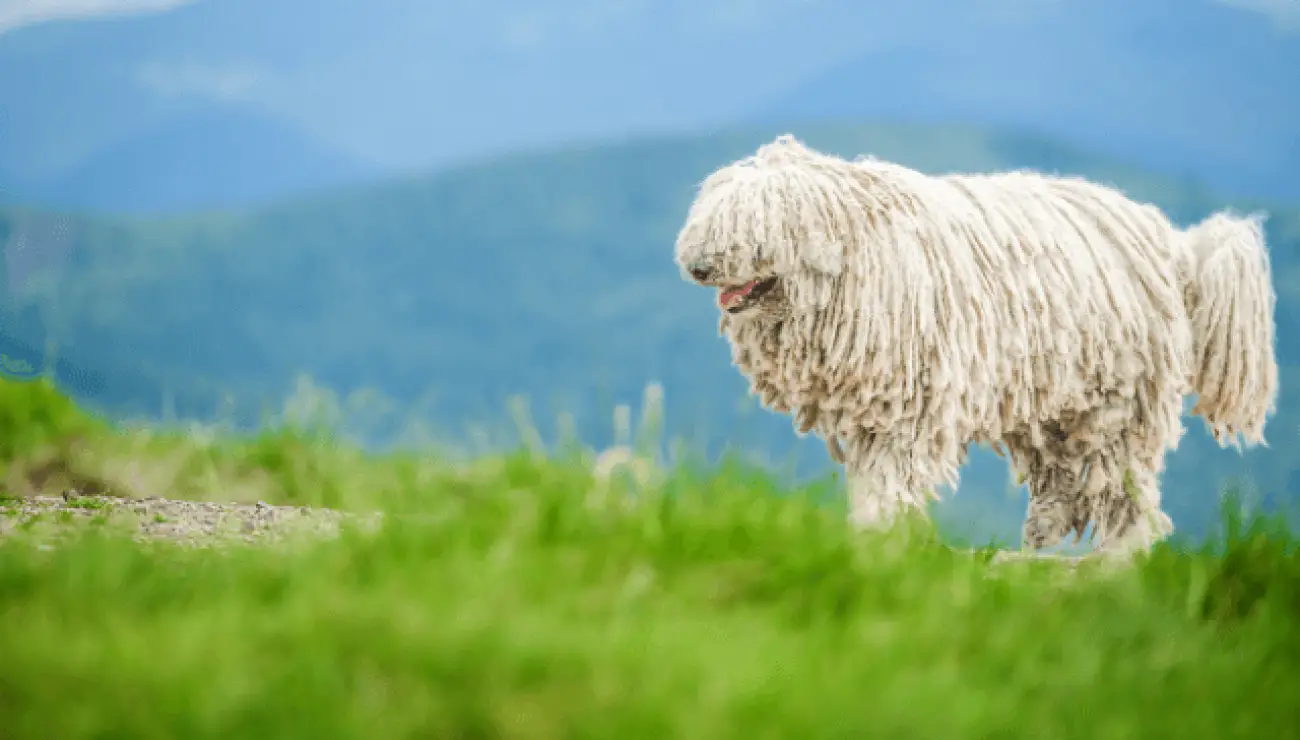
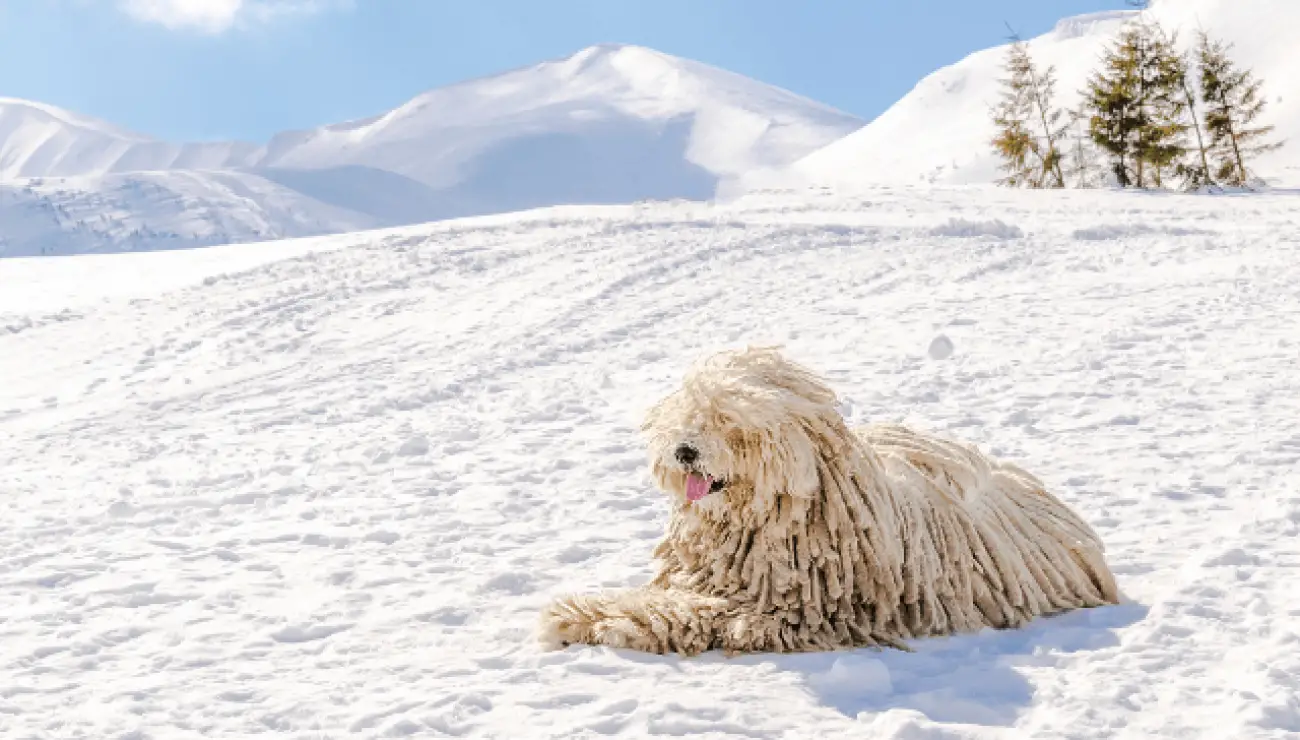
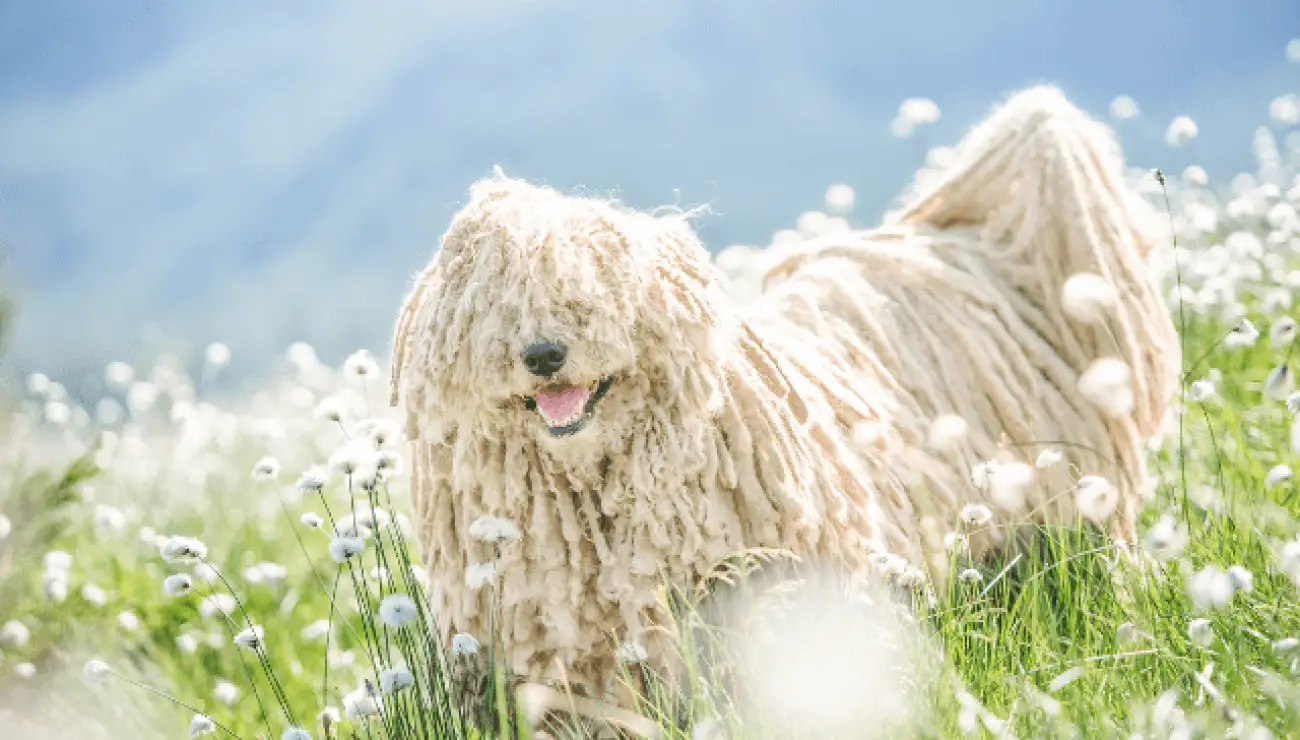
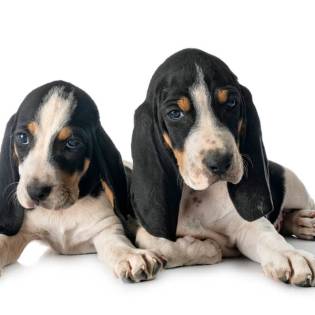

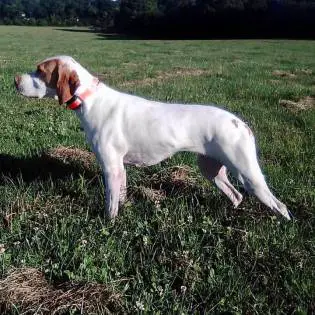
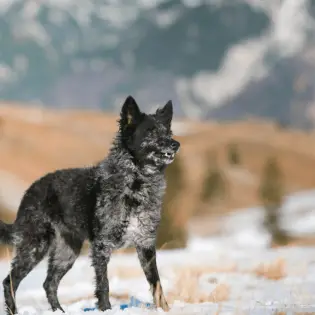
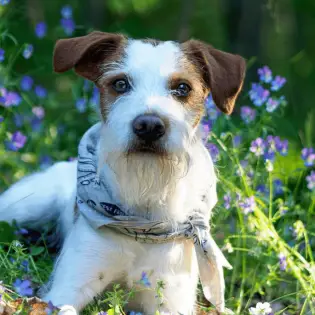
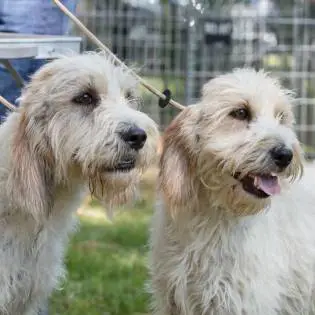
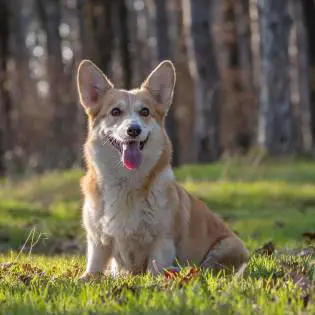
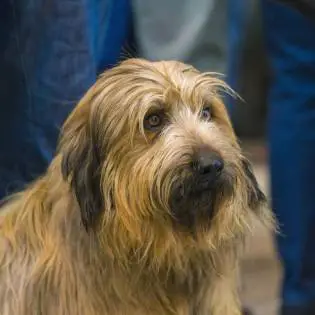
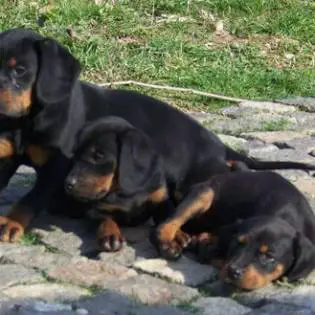
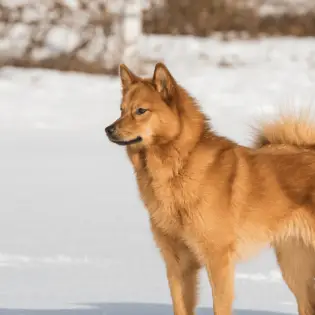

Share